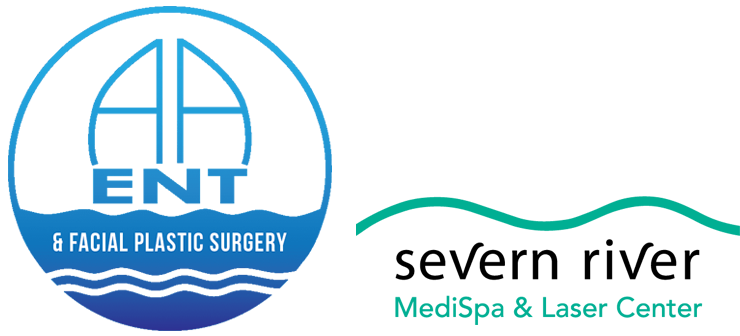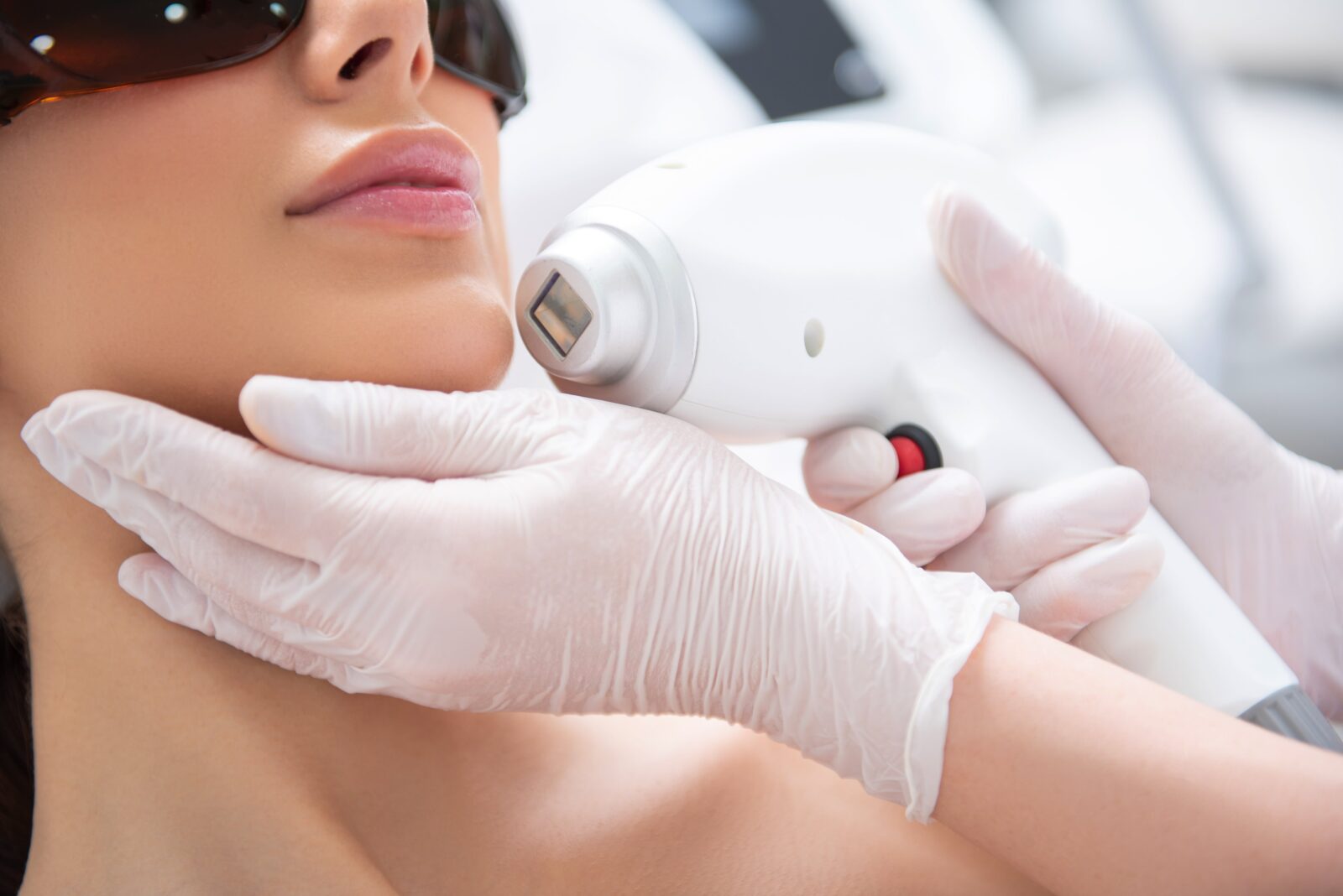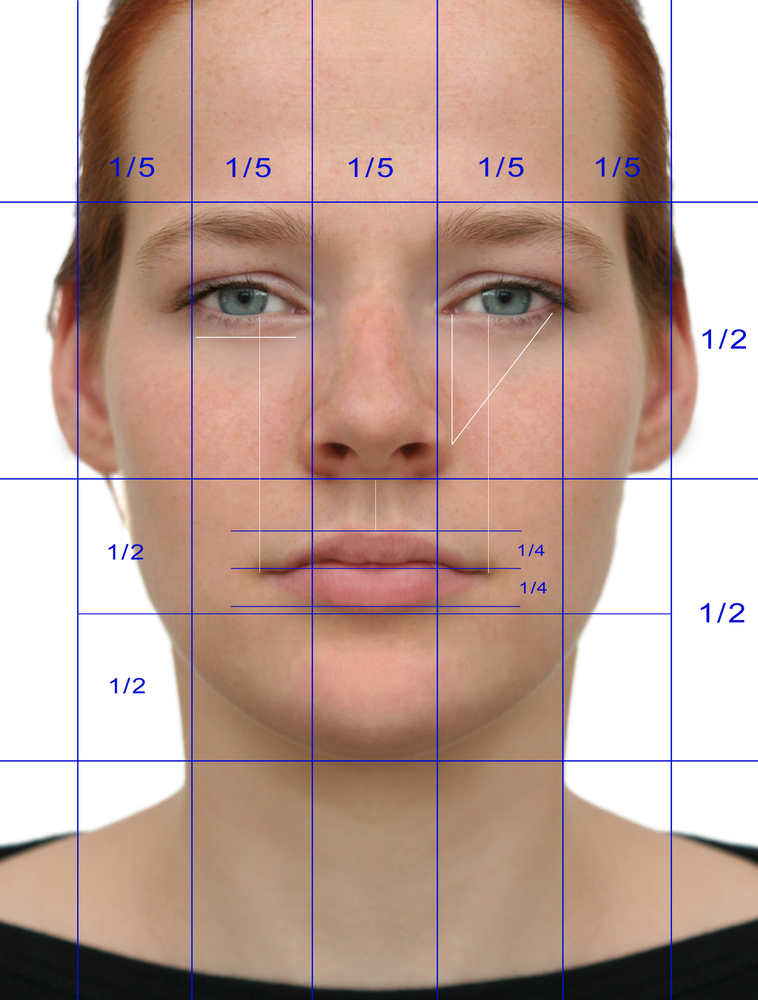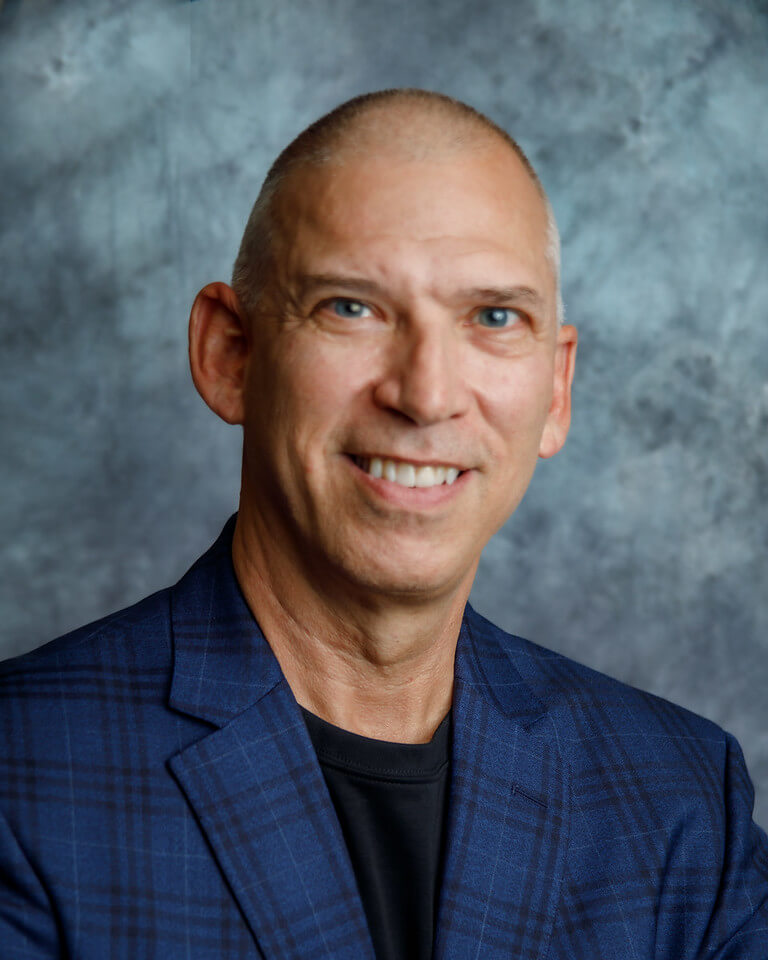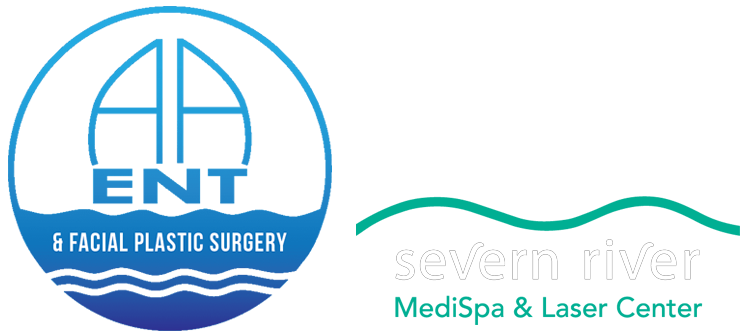Preparing for a CO2 laser treatment is an essential step towards ensuring the procedure’s success and optimizing recovery. CO2 laser treatments are popular for their effectiveness in addressing various skin concerns, such as wrinkles, scars, uneven skin tone, and other signs of aging. To help you get ready for this transformative skin rejuvenation procedure, here are essential tips to consider:
1. Consultation is Key
- Understand the Procedure: Before proceeding, have a detailed consultation with your dermatologist or laser treatment specialist. Understand the benefits, risks, and what the procedure entails.
- Share Your Medical History: Inform your doctor about your medical history, any allergies, medications you’re taking, and your skin’s sensitivity. This information is crucial for tailoring the treatment to your specific needs.
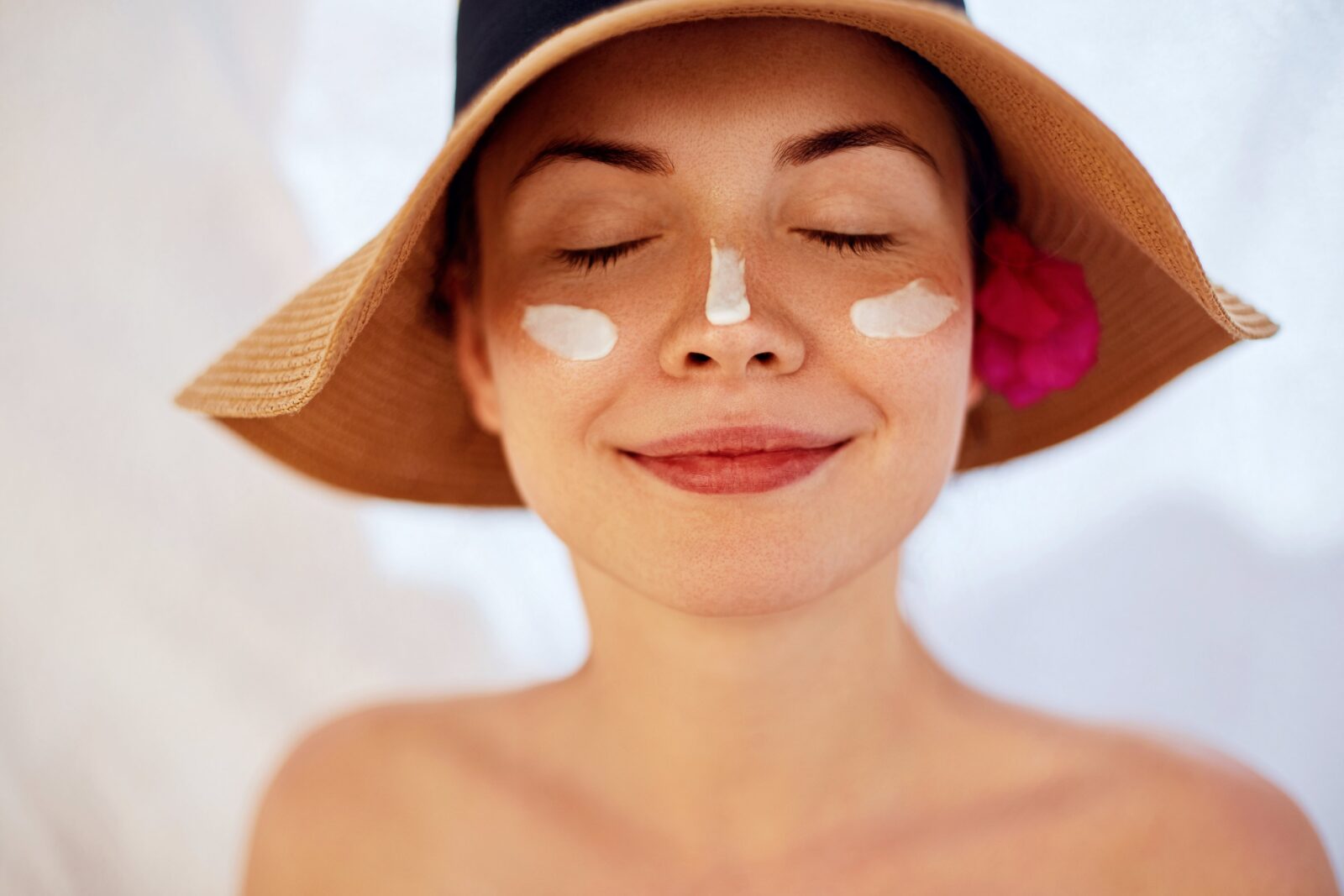
2. Avoid Sun Exposure
- Pre-Treatment: Minimize sun exposure for at least 4 to 6 weeks before your treatment. Sunburned or tanned skin can increase the risk of complications.
- Use Sunscreen: Apply broad-spectrum sunscreen with an SPF of 30 or higher daily, even on cloudy days.
3. Skin Care Adjustments
- Stop Certain Products: About a week before your treatment, stop using products containing retinol, glycolic acid, or any other exfoliating agents, as these can make your skin more sensitive.
- Gentle Skin Care: Switch to a gentle cleanser and moisturizer to avoid irritating your skin before the procedure.
4. Medication and Supplements
- Inform Your Specialist: Certain medications and supplements, such as aspirin, non-steroidal anti-inflammatory drugs (NSAIDs), and vitamin E, can increase bleeding risk. Discuss these with your specialist.
- Antiviral Medication: If you have a history of cold sores, your doctor may prescribe an antiviral medication to prevent an outbreak, as laser treatments can trigger them.
5. Avoid Smoking
- Reduce Healing Time: Smoking can impair your healing process. It’s recommended to stop smoking at least 2 weeks before and after your treatment to ensure a smoother recovery.
6. Plan Your Schedule
- Downtime: Depending on the intensity of the treatment, you might need to plan for some downtime to allow your skin to heal properly. Ensure you have a comfortable, stress-free recovery period.
7. Prepare Your Recovery Area
- Recovery Essentials: Stock up on gentle, fragrance-free skincare products, including a cleanser, moisturizer, and a recommended healing ointment. Have cold packs ready to alleviate any swelling post-treatment.
8. Follow Pre-Treatment Instructions
- Specific Guidelines: Your specialist will provide specific pre-treatment instructions based on your skin type and the nature of your procedure. Follow these instructions carefully to minimize risks and maximize results.
9. Arrange for Transportation
- Safety First: Some patients may experience redness, swelling, or slight discomfort immediately after the procedure. It’s wise to arrange for someone to drive you home post-treatment.
10. Set Realistic Expectations
- Patience is Key: Understand that the full results of the CO2 laser treatment may take several weeks to months to appear. Be patient and follow your specialist’s post-treatment care instructions for the best outcome.
Conclusion
By following these tips, you can help ensure that your CO2 laser treatment goes smoothly and that you’re pleased with the results. Remember, the key to a successful treatment lies in preparation, following your specialist’s advice, and taking care of your skin before and after the procedure.
